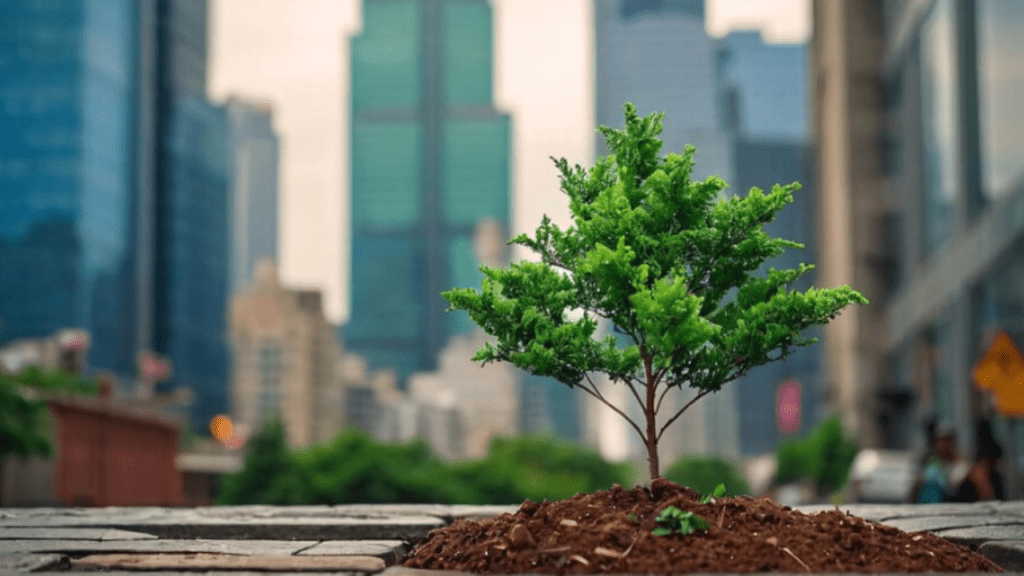
Mastering : Essential Strategies for City Landscapes
Urban tree management is essential for maintaining a healthy and vibrant city landscape. Trees in urban environments provide numerous benefits such as improving air quality, reducing noise pollution, and providing shade and habitat for wildlife. Proper care and maintenance of urban trees is crucial for maximizing these benefits and ensuring the longevity of the urban forest.
One important aspect of urban tree management is pruning. Regular pruning helps to maintain the health and structure of the trees, as well as reducing the risk of branches falling and causing damage. Proper pruning techniques and timing are essential for promoting healthy growth and preventing disease.
Soil management is another key aspect of urban tree care. Urban environments often have compacted or poor-quality soil, which can hinder the growth and health of trees. Implementing strategies such as mulching, aeration, and proper irrigation can help improve soil quality and provide a healthy environment for tree roots to thrive.
Pest control is also an important consideration in urban tree management. Trees in city landscapes are susceptible to various pests and diseases, which can quickly spread and cause damage to the urban forest. Regular monitoring and proactive measures to control pests and diseases are essential for maintaining the health of urban trees.
In conclusion, urban tree management is crucial for creating and maintaining healthy and sustainable city landscapes. By implementing proper pruning, soil management, and pest control strategies, we can ensure the longevity and vitality of urban trees for the benefit of the environment and the community. Whether you are a city planner, arborist, or concerned citizen, it is important to prioritize urban tree management for the well-being of our cities.
Table of Contents
ToggleUnderstanding Urban Tree Management
is crucial for creating and maintaining healthy and sustainable city landscapes. Implementing strategies such as mulching, aeration, and proper irrigation can help improve soil quality and provide a healthy environment for tree roots to thrive. Proper pruning and maintenance of urban trees are also essential for their health and longevity. Additionally, pest control is an important consideration in urban tree management. Trees in city landscapes are susceptible to various pests and diseases, which can quickly spread and cause damage to the urban forest. Regular monitoring and proactive measures to control pests and diseases are essential for maintaining the health of urban trees.
urban tree management is crucial for creating and maintaining healthy and sustainable city landscapes. By implementing proper pruning, soil management, and pest control strategies, we can ensure the longevity and vitality of urban trees for the benefit of the environment and the community. Whether you are a city planner, arborist, or concerned citizen, it is important to prioritize urban tree management for the well-being of our cities.
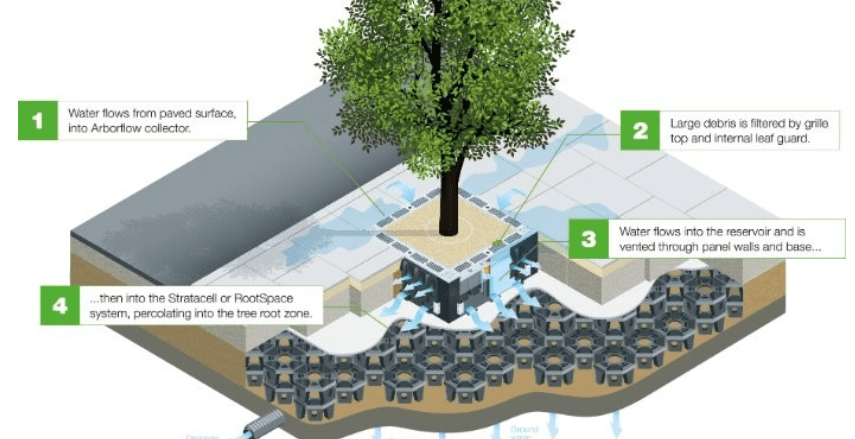
Definition and Scope
Urban tree management refers to the practices and strategies used to maintain and care for trees in urban environments. This includes activities such as pruning, soil management, pest control, and overall tree maintenance. The scope of urban tree management is important because trees in urban areas face unique challenges due to factors such as compacted soil, pollution, and limited space for root growth. Implementing proper management practices is essential for ensuring the health and longevity of urban trees, which in turn contributes to the overall well-being of the environment and the community. It is important for city planners, arborists, and citizens to prioritize urban tree management in order to create and maintain healthy and sustainable city landscapes.
Objectives and Goals
The objectives of urban tree management include maintaining the health and vitality of urban trees, promoting biodiversity, improving air and water quality, and enhancing the overall aesthetics of urban landscapes. The goals of urban tree management are to reduce the negative impacts of urbanization on trees, prevent and mitigate tree-related hazards, and ensure the long-term sustainability of urban forests. By achieving these objectives and goals, we can create healthier and more resilient urban environments for the benefit of both the environment and the community. It is important to prioritize urban tree management in order to achieve these objectives and goals and to create and maintain healthy and sustainable city landscapes.
Challenges and Opportunities
Urban tree management faces challenges such as limited space for root growth, pollution, and compacted soil in urban environments. However, these challenges also present opportunities for innovative solutions and practices. For example, using specialized soil treatments and implementing tree planting strategies that maximize available space can help address the challenge of limited space for root growth. Additionally, utilizing sustainable pest control methods and promoting community involvement in tree care can help mitigate the impact of pollution on urban trees. By addressing these challenges and embracing the opportunities they present, urban tree management can contribute to creating healthier and more resilient cities. It is important for city planners, arborists, and citizens to work together to prioritize urban tree management and implement sustainable practices for the well-being of our urban environments.
Benefits of Urban Trees
Environmental Benefits
Urban trees provide a wide range of environmental benefits. They help to improve air quality by absorbing pollutants and releasing oxygen. Trees also reduce the urban heat island effect by providing shade and cooling the surrounding area. In addition, they help to manage stormwater runoff and reduce erosion by absorbing and slowing down rainwater. Urban trees also provide habitat for wildlife and contribute to biodiversity in cities. Overall, urban trees play a crucial role in creating healthier and more sustainable urban environments. By prioritizing urban tree management, we can maximize these environmental benefits and create more resilient cities for the future.
Social and Economic Benefits
Urban trees also provide social and economic benefits. They enhance the beauty of our cities and create a more pleasant and inviting urban environment for residents and visitors. This can lead to increased property values and economic growth in urban areas. Additionally, urban trees can provide opportunities for recreation and relaxation, improving the overall quality of life for residents. Studies have also shown that access to green spaces and urban trees can have positive effects on mental health and well-being. By prioritizing urban tree management, we can harness these social and economic benefits to create more vibrant and livable cities for everyone. It’s important for communities to work together to protect and maintain urban trees for the benefit of all.
Health and Well-being
Urban trees have a significant impact on our health and well-being. They help to improve air quality by absorbing pollutants and releasing oxygen, which is crucial for our respiratory health. In addition, they provide shade and cooler temperatures, which can reduce the risk of heat-related illnesses in urban areas. By creating a more pleasant and green environment, urban trees also encourage physical activity, such as walking and biking, which is beneficial for our overall health. Furthermore, spending time in green spaces has been linked to reduced stress levels and improved mental well-being. Therefore, prioritizing urban tree management is essential for promoting the health and well-being of residents in urban areas. It’s important for communities to come together and support initiatives that protect and maintain urban trees for the benefit of everyone’s health and well-being.
Key Components of Urban Tree Management
Tree Inventory and Assessment
One of the key components of urban tree management is conducting a tree inventory and assessment. This involves systematically collecting and recording information about all the trees in a particular area. By doing this, we can better understand the diversity, condition, and distribution of urban trees. This information is crucial for developing management plans, setting priorities for maintenance and planting, and monitoring the health of the urban tree canopy. Conducting a tree inventory and assessment allows us to identify areas that may be lacking in tree coverage and prioritize those areas for planting. It also helps us to identify any trees that may be at risk due to disease, pests, or environmental stressors. Ultimately, a comprehensive tree inventory and assessment is a fundamental tool for effective urban tree management and creating more vibrant and livable cities for everyone.
Pruning and Maintenance
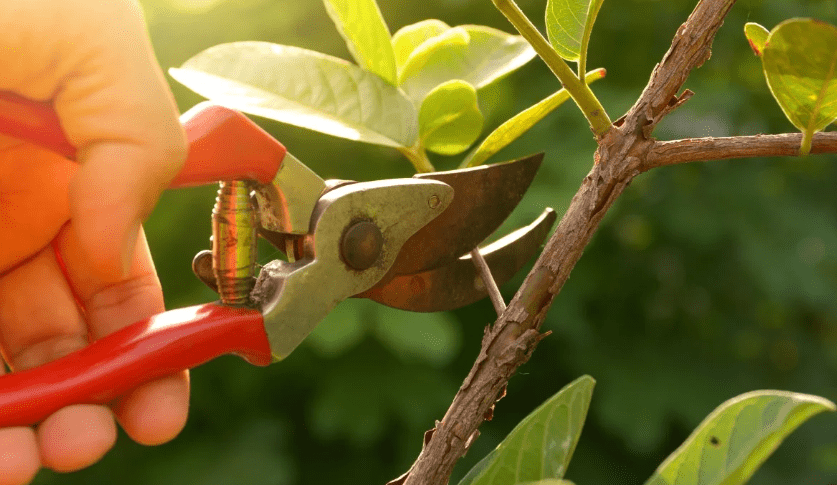
are also essential components of urban tree management. Regular pruning helps to maintain the health and structure of urban trees, promoting their longevity and reducing the risk of falling branches. It also allows for proper clearance for pedestrians and vehicles, ensuring the safety of the community. In addition, regular maintenance such as watering, mulching, and fertilizing helps to support the overall health and vitality of urban trees. By prioritizing pruning and maintenance, we can ensure that urban trees continue to provide valuable benefits such as shade, air purification, and habitat for wildlife. This in turn contributes to a healthier and more sustainable urban environment for all residents to enjoy.
Watering and Soil Management
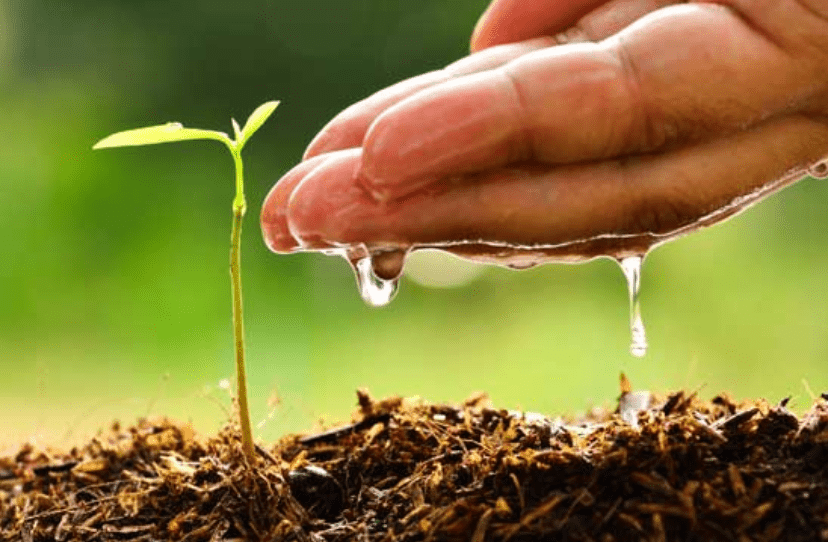
are crucial aspects of urban tree management. Proper watering is essential for the health and growth of urban trees, especially during dry or hot weather. It’s important to water trees deeply and less frequently, allowing the water to penetrate the soil and reach the tree’s root system. Mulching around the base of the tree can help retain moisture in the soil and reduce evaporation, providing a more stable environment for root growth. Additionally, regular soil testing can help determine if the soil needs additional nutrients or amendments to support tree health.
Overall, effective watering and soil management practices are vital for maintaining the health and vitality of urban trees. By prioritizing these aspects of tree care, we can ensure that urban trees continue to thrive and provide numerous benefits to the community and the environment.
Pest and Disease Management
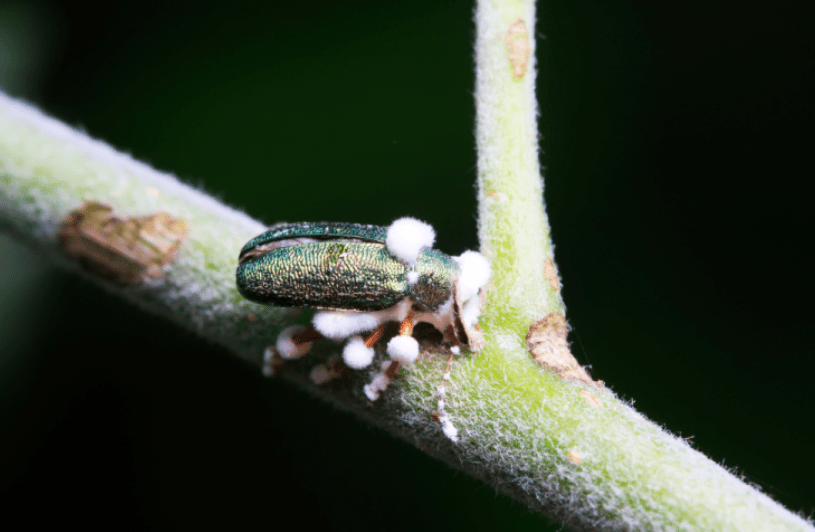
is a crucial aspect of urban tree care. It is important to regularly monitor trees for signs of pests or diseases and to take proactive measures to prevent infestations. This can include implementing integrated pest management strategies, such as promoting natural predators of pests and using environmentally friendly methods to control infestations.
Additionally, proper tree maintenance, such as regular pruning and providing adequate nutrients, can help improve the tree’s resistance to pests and diseases. If an infestation does occur, it is important to promptly address the issue to prevent further damage to the tree.
Educating the community about the importance of pest and disease management for urban trees is also essential. By raising awareness and promoting responsible tree care practices, we can work together to protect the health and longevity of urban trees.
Overall, effective pest and disease management is crucial for maintaining the health and vitality of urban trees, ensuring that they continue to provide valuable benefits to the community and the environment.
Community Engagement and Outreach
Education and Outreach Programs
are vital for promoting responsible tree care practices and raising awareness about the importance of urban trees. By engaging with the community and providing educational resources, we can empower individuals to take an active role in caring for the trees in their neighborhoods. This can include workshops, seminars, and informational materials that cover topics such as tree planting, pruning, and maintenance. By fostering a sense of stewardship for urban trees, we can ensure that they continue to thrive and provide valuable benefits to the community and the environment. Additionally, outreach programs can help to build strong relationships between local residents, community organizations, and municipalities, fostering a collaborative effort to enhance the urban tree canopy. By prioritizing community engagement and outreach, we can work together to create a healthier and more sustainable urban environment.
Volunteer Opportunities
are another way for individuals to get involved in caring for urban trees. There are many organizations and community groups that offer volunteer opportunities to plant and care for trees, participate in tree maintenance activities, and assist with educational outreach programs. By volunteering, individuals can make a meaningful impact in their communities and contribute to the health and sustainability of urban trees. This hands-on approach allows people to directly engage with the natural environment and gain a deeper appreciation for the benefits that trees provide. Additionally, volunteering can be a great way to connect with like-minded individuals and build a sense of community and environmental stewardship. Whether it’s planting trees, pruning branches, or educating others about the importance of urban tree care, there are many ways for volunteers to make a positive difference in their local neighborhoods.
Collaboration and Partnerships
Case Studies and Success Stories
Collaboration and partnerships are essential for the success of urban tree care initiatives. By working together with local governments, community organizations, and environmental groups, we can pool our resources and expertise to develop comprehensive urban tree care programs. These partnerships can help to leverage funding, technical support, and community engagement efforts, leading to more effective and sustainable urban tree management. Additionally, sharing case studies and success stories from other communities can inspire and motivate individuals and organizations to take action in caring for urban trees. By highlighting the positive impact of urban tree care initiatives, we can encourage others to get involved and support the ongoing conservation and preservation of urban trees.
City-Specific Examples
In cities like New York, volunteers have been instrumental in planting and caring for street trees, creating green spaces, and engaging in community tree care projects. In San Francisco, partnerships between local government agencies, nonprofit organizations, and businesses have led to successful urban tree planting and maintenance programs, helping to increase tree canopy cover and improve air and water quality. In Portland, community members have come together to organize tree stewardship programs, educate residents on proper tree care techniques, and advocate for the protection of urban trees. These city-specific examples demonstrate the power of collaboration and community involvement in promoting the health and sustainability of urban trees.
Impact Assessment
is crucial for urban tree care initiatives. By conducting regular assessments of tree health, canopy cover, and community engagement, we can measure the impact of our efforts and make informed decisions for future tree care strategies. This helps us to monitor the progress of urban tree conservation and identify areas that require additional support or intervention. By quantifying the benefits of urban trees, such as improved air quality, reduced energy costs, and enhanced community well-being, we can demonstrate the value of urban tree care and attract support from stakeholders and decision-makers. Impact assessments also provide valuable data for evaluating the effectiveness of urban tree care programs and guiding future resource allocation and policy development. With thorough impact assessments, we can ensure the long-term success and sustainability of urban tree conservation efforts.
Future Trends and Innovations
Emerging Technologies
play a key role in the future of urban tree care. Innovations such as remote sensing and GIS mapping allow for more accurate and efficient monitoring of urban forests, helping to identify areas in need of attention and track changes in tree health over time. Additionally, advances in tree care equipment and techniques, such as root pruning and soil management, help to improve the long-term health and sustainability of urban trees. These emerging technologies and innovations offer exciting opportunities for enhancing urban tree care and promoting the well-being of our cities. By embracing these advancements, we can work towards creating greener, healthier, and more sustainable urban environments for generations to come.
Green Infrastructure Integration
refers to the incorporation of natural systems and processes into the planning and design of urban environments. This approach involves strategically managing and conserving natural resources, such as urban forests, wetlands, and green spaces, to provide multiple benefits, such as improved air and water quality, reduced urban heat island effects, and enhanced community well-being. By integrating green infrastructure into urban planning and development, we can create more resilient and sustainable cities. This involves working with stakeholders and decision-makers to incorporate green infrastructure into urban design and policy, as well as promoting public awareness and engagement. By embracing green infrastructure integration, we can create healthier, more livable urban environments for current and future generations.
In conclusion, mastering the essential strategies for city landscapes is crucial for maintaining the health and beauty of urban trees. Proper pruning, soil management, and pest control are key components of tree care in urban environments. By following these best practices, you can ensure the longevity and vitality of city trees, contributing to a healthier and more sustainable urban landscape. Additionally, the benefits of maintaining healthy trees in city landscapes are numerous, including improved air quality, reduced energy costs, and enhanced aesthetic appeal. Investing in the care and maintenance of urban trees is essential for creating vibrant and thriving city environments.
Frequently asked questions And Answer
Some essential strategies for mastering city landscapes include finding unique angles and perspectives, using leading lines to draw the viewer’s eye, and capturing the energy and movement of the city. It’s also important to pay attention to lighting and composition to create dynamic and visually striking images.
To capture the energy and movement of the city, try using a slower shutter speed to create motion blur in moving subjects such as cars or pedestrians. You can also experiment with long exposure photography at night to capture the light trails of traffic and city lights.
Look for elevated vantage points such as rooftops or bridges to capture sweeping views of the city. You can also explore narrow alleyways, reflections in glass buildings, or architectural details to find unique and interesting perspectives.
While a high-quality camera and lenses are important, having a tripod can be essential for capturing sharp and steady images, especially in low light conditions. Additionally, consider using a wide-angle lens for capturing expansive cityscapes and a telephoto lens for capturing details and street scenes.
Pay attention to the quality of light at different times of day, such as the warm glow of sunrise or sunset, the dramatic contrast of midday light, or the atmospheric mood of city lights at night. Experiment with different lighting conditions to create diverse and visually compelling images.
In post-processing, consider adjusting the contrast, saturation, and sharpness of your images to bring out the details and vibrancy of the city. You can also experiment with black and white conversions, color grading, and selective editing to create a unique and impactful final result.
Including people in your cityscape images can add a sense of scale and human presence to the scene. Look for interesting moments, interactions, or gestures that can add depth and storytelling to your photographs.
Experiment with framing, symmetry, and patterns to create visually engaging compositions. You can also use foreground elements to lead the viewer’s eye into the image and create a sense of depth and dimension.
